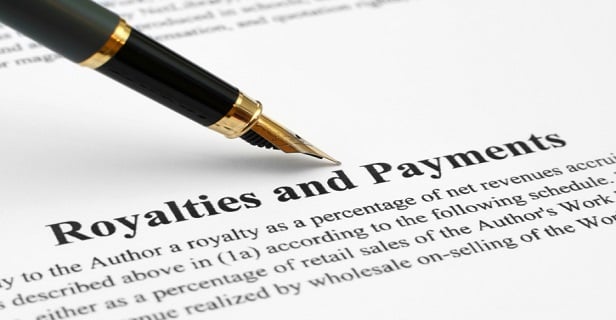Features

The Story Behind AFM & SAG-AFTRA Royalty Fund Distribution Litigation
The case of a session musician's unpaid royalties revealed a gross lack of initiative on the part of the trustees and directors of AFM & SAG-AFTRA Intellectual Property Rights Distribution Fund and that the fund administrators had made little if any effort for years to distribute funds to thousands of session musicians and backup singers.
Features

Update on Changes In New York's Ticket Sales Law
NY's update to its regulatory scheme for event ticketing principally affects the rules governing disclosure requirements for primary ticket sale prices and restricts the means of secondary ticket resale, including by expanding penalties for the use of scalper software "bots" and unauthorized ticket purchasing software.
Features

Esports Industry Labor, Employment Law Concerns
One of the issues facing the esports industry is the classification of professional players as employees versus independent contractors. This issue is of particular concern for companies operating competitive esports teams and/or using the services of content creators.
Columns & Departments
Players on the Move
A look at moves among attorneys, law firms, companies and other players in entertainment law.
Columns & Departments
Fresh Filings
A look at moves among attorneys, law firms, companies and other players in entertainment law.
Columns & Departments
Bit Parts
Brian Wilson's Ex-Wife Wins Remand Back to State Court of Her Claim to Share of Revenues from Sale of His Song Catalog
Features

Ninth Circuit Says Copyright Plaintiffs Can Reach Back More Than Three Years In Seeking Infringement Damages
How far back from accrual of a claim may a plaintiff reach for copyright damages?
Features

'Banana' Artwork Dispute Presents Slippery Slope for Copyright
In July, the U.S. District Court for the Southern District of Florida denied a motion to dismiss in Morford v. Cattelan, a decision that began by posing the question: "Can a banana taped to a wall be art?"
Features

China Court's Ruling On NFTs and Copyrights
China, which has had an up-and-down relationship with the U.S. entertainment industry, became the latest country to offer a key regulatory framework in its first-ever case dealing with NFTs and the copyright violations they are sometimes saddled with.
Features

Ricky Martin Sued By Former Manager
Ricky Martin's former manager claims the singer owes her more than $3 million in unpaid commissions, according to a lawsuit filed in Los Angeles Superior Court.
Need Help?
- Prefer an IP authenticated environment? Request a transition or call 800-756-8993.
- Need other assistance? email Customer Service or call 1-877-256-2472.
MOST POPULAR STORIES
- The DOJ's New Parameters for Evaluating Corporate Compliance ProgramsThe parameters set forth in the DOJ's memorandum have implications not only for the government's evaluation of compliance programs in the context of criminal charging decisions, but also for how defense counsel structure their conference-room advocacy seeking declinations or lesser sanctions in both criminal and civil investigations.Read More ›
- Bankruptcy Sales: Finding a Diamond In the RoughThere is no efficient market for the sale of bankruptcy assets. Inefficient markets yield a transactional drag, potentially dampening the ability of debtors and trustees to maximize value for creditors. This article identifies ways in which investors may more easily discover bankruptcy asset sales.Read More ›
- The DOJ's Corporate Enforcement Policy: One Year LaterThe DOJ's Criminal Division issued three declinations since the issuance of the revised CEP a year ago. Review of these cases gives insight into DOJ's implementation of the new policy in practice.Read More ›
- The DOJ's Latest Opioid Crime-Fighting Tool: The Civil False Claims Act<b><i>The U.S. Department of Justice Is Now Using The False Claims Act — Traditionally a Civil Enforcement Tool — to Combat the United States' Sweeping Opioid Epidemic</b></i><p>The use of the FCA is part of a larger DOJ strategy to develop multi-faceted solutions for this public health emergency.Read More ›
- Use of Deferred Prosecution Agreements In White Collar InvestigationsThis article discusses the practical and policy reasons for the use of DPAs and NPAs in white-collar criminal investigations, and considers the NDAA's new reporting provision and its relationship with other efforts to enhance transparency in DOJ decision-making.Read More ›
